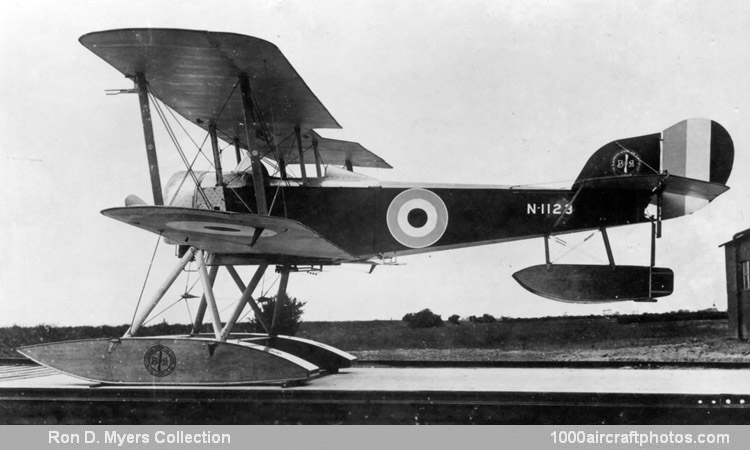
The Sopwith Baby was an observation seaplane developed from the Sopwith Schneider, the latter derived from a 1913 sports seaplane. The latter also had a land-based equivalent, the Tabloid. This was the first major success of Sopwith. The Baby had a better engine, a single seat, and was later improved by Blakckburn and Fairey, as well as Parnall, with 386 built total for the RNAS for all versions. Its other name was "Admiralty 8200 Type". It was active until 1918, used by Australia, France, Norway, and was also licenced to Italy for the Aviazione della Regia Marina.
Development:
About Sopwith
 The company by created by Tom (Thomas Octave Murdoch) Sopwith (1888–1989), a British aviation pioneer, engineer, businessman, one of the key figures in the early development of British military aviation. He lived to be over 100 years old and played an influential role across both World Wars and into the jet age. Born on January 18, 1888, Kensington, London, England ( Died Jan. 27, 1989, Hampshire) he was an Aviator, aircraft designer, entrepreneur Knighted in 1953 (KBE – Knight Commander of the Order of the British Empire). He initially learned to fly in 1910 (Royal Aero Club certificate No. 31), bought his own aircraft and became a celebrated early aviator, participating in air races and exhibitions across Europe.
The company by created by Tom (Thomas Octave Murdoch) Sopwith (1888–1989), a British aviation pioneer, engineer, businessman, one of the key figures in the early development of British military aviation. He lived to be over 100 years old and played an influential role across both World Wars and into the jet age. Born on January 18, 1888, Kensington, London, England ( Died Jan. 27, 1989, Hampshire) he was an Aviator, aircraft designer, entrepreneur Knighted in 1953 (KBE – Knight Commander of the Order of the British Empire). He initially learned to fly in 1910 (Royal Aero Club certificate No. 31), bought his own aircraft and became a celebrated early aviator, participating in air races and exhibitions across Europe.
The company he created at a young age in 1912 was installed at Kingston upon Thames, England and defunct in 1920 due to post-war financial and tax issues, evolving into H.G. Hawker Engineering, later Hawker Aircraft, by Tom Sopwith and several former team members. H.G. Hawker Engineering went on fantastic designs such as the Hawker Fury, Hart, but also in 1935 designed the superlative Hurricane tying the company further into Britain’s future air power. A famous cold war model, the Harrier became the go-to VTOL in naval aviation. But in its early days the company produced icons such as the Camel (1917), Pup (1916), Triplane (1916), 1½ Strutter (1915), Dolphin (1917) that really put their name on the map of international aviation.
The Schneider

The Sopwith Schneider was a British seaplane developed by the Sopwith Aviation Company during the early 1910s. It was a floatplane version of the Sopwith Tabloid and was specifically created to compete in the 1914 Schneider Trophy race, an international competition for seaplanes. It was as single-seat racing floatplane designer and manufactured by the Sopwith Aviation Company. It was based on the Sopwith Tabloid landplane, named as it was built to compete in the 1914 Schneider Trophy with its first flight in 1914. The Sopwith Schneider made history by winning the 1914 Schneider Trophy race in Monaco. Howard Pixton, flew it at an average speed of around 86.75 mph (139.6 km/h). This win gave Britain significant prestige in aviation at the time, just before the outbreak of World War I.
Afterwards, the Schneider was recoignized for its merits and chosen for mass production, ordered by the RNAS (Royal Naval Air Service), fitted with a 100 hp Gnome Monosoupape rotary engine for a top Speed of 92 mph (148 km/h). It was constructed of Wood frame with fabric covering and its landing Gear was comosed of twin floats for water landings. It was just before the war, one of the first high-speed floatplanes, demonstrating seaplanes could be fast and competitive and influenced the development of naval aviation and wartime reconnaissance when adopted by the RNAS. It was remarkable for its two seats,
The Baby

While relatively unknown to the general public as compared to others of the Sopwith name, (such as the Camel, Pup, and 1 1/2 Strutter), the Sopwith Baby has the distinction of being the last operational military aircraft of the Sopwith line, having served in the Norwegian Navy until December 1931. On April 20, 1914 in The Principality of Monaco, the Sopwith Aviation Company won the then world famous Schneider Seaplane trophy with a float equipped version of the Sopwith Tabloid at an average speed of 86.6 mph. The little biplane was thereafter referred to as the Schneider.
The outbreak of WWI was the impetus for large scale production of several military variants of this aircraft for the Royal Navy Air Service, however two dominant models appeared. Known as both the Schneider Seaplane after the Schneider cup winner, and the later version Sopwith Baby, both aircraft were deployed in forward bases as well as shipborne for the intended and rather unrealistic purpose of intercepting German Zeppelins as far from London as possible. Zeppelins as it would turn out, could easily remain out of reach with a climb and altitude advantage. The aircraft would later gain some minor successes in the light bombing, reconnaissance, and artillery spotting support roles.
Production began with a contract awarded Janurary 24, 1915 for an initial batch of 12 Schneider's equipped with the 100hp Monosoupape rotary engine. By August, production had swelled to an additional 224 aircraft of both variants. Wartime requirements for operational aircraft required the Sopwith Aviation Company to further subcontract production to the Blackburn Aeroplane & Motor Co, the Fairey Aviation Co, and Parnall & Sons of Bristol. Total production was 602 aircraft, 422 of which were the Schneider/Baby variants and 180 Hamble Babies.
Design of the Sopwith Baby
The Admiralty 8200 Type ("Baby") went from a two-seat to a single seat, developed from the Schneider, and reusing the same twin float and tail arrangement as accepted by the Royal Naval Air Service. The Baby was basically a Schneider with a more powerful rotary engine, Clerget in place of Monosoupape. It sill used the same wooden structure with fabric covering. The baby first flew in September 1915.Armament consisted of a single Lewis machine gun mounted on the fuselage, synchronised to fire through the propeller, and in some cases, another mounted atop the upper wing, for which the pilot needed to stand up to fire. Indeed, with the degrading sitation in late 1915 and 1916, a twin Lewis Gun were often fitted, above the fuselage and firing through the propeller arc but without synchronization (so high risk of hitting the prop), or over the top wing and thus firing above it. In addition it could carry two modest 65 lb (29 kg) bombs notably to hit U-Boats.
The Baby measured 23 ft (7.01 m), for a wingspan of 25 ft 8 in (7.82 m), height of 10 ft 0 in (3.05 m) and since both wings were of the same size, a wing area of 240 sq ft (22 m2). It had an empty weight of 1,226 lb (just 556 kg), but a gross weight of 1,715 lb (778 kg). It was powered as said above by the Clerget 9Z 9-cylinder air-cooled rotary piston engine, 110 hp (82 kW) which drive a wooden 2-bladed fixed-pitch propeller. Top speed was around 100 mph (160 km/h, 87 kn) at sea level, some sources states 148 kph, others 168 kph. Endurance was around 2 hours 15 minutes and service ceiling was 10,000 ft (3,000 m), but climb rare was poor at 285 ft/min (1.45 m/s) making it in a loosy interceptor against Zeppelins as first intended.
Derivative: Fairey Hamble Baby

Further modifications were made by Blackburn Aircraft at Leeds, and this led to the development of Fairey Hamble Baby, 180 built by Fairey and Parnall. The Fairey Hamble Baby originated on the decision on 23 October 1916 to send Sopwith Baby No.8134 to Fairey works for repair. The latter took the opportunity to rebuild the aircraft and incorporate improvements:
- 97 kw (130 hp) variant of the Clerget engine
- Patent Camber Gear: Trailing edge flap used to increase lift*.
- New wings with increased span and reduced chord, rounded tips
- Tailplane with a new and angular fin
- Fairey-designed main floats, new shape
- Enlarged tail float
- Engine cowling modified


⚙ Sopwith Baby specifications | |
| Empty Weight | 556 kg (1,226 lb) |
| Gross weight | 717 kg (1,580 lb) |
| Max TO weight | 778 kg (1,715 lb) |
| Lenght | 7.01 m (23 ft) |
| Wingspan | 7.86 m (25 ft 8 in) |
| Height | 3.04 m (10 ft) |
| Wing Area | 22.29 m² (240 sq ft) |
| Engine | 82 kw (110 hp) Clerget rotary engine |
| Top Speed, sea level | 148 km/h (92 mph) normal, peak 163 km/h (88 kts) |
| Climb Rate | 3,048 m (10,000 ft) in 35 mins |
| Ceiling | 3.048 m 10.000 ft |
| Range | Fuel 114 litres, 2¼ hours, 300 km (162 nm/186 mi) |
| Armament | See notes. 1x Lewis LMG. |
| Crew | 1 pilot |
Operators

 Single one with a RNAS pilot in 1917 from cruiser HMAS Brisbane.
Single one with a RNAS pilot in 1917 from cruiser HMAS Brisbane. 3 surplus purchased and operated by the Chilean Navy 1919–1923.
3 surplus purchased and operated by the Chilean Navy 1919–1923. 33 Used by the French Aeronavale in 1916-19.
33 Used by the French Aeronavale in 1916-19. 19 operated 1918-19.
19 operated 1918-19. 2 trials purchased + 102 Ansaldo 1917 for the Aviazione della Regia Marina
2 trials purchased + 102 Ansaldo 1917 for the Aviazione della Regia Marina 1 purchased by Japan for evaluation 1916
1 purchased by Japan for evaluation 1916 1 ex-RNAS captured and examined 1916.
1 ex-RNAS captured and examined 1916. 10 operated 1917-1931 (last user)
10 operated 1917-1931 (last user) RNAS and No. 219, 229, 246, 248, 249, 263, 269, 270 Squadrons RAF.
RNAS and No. 219, 229, 246, 248, 249, 263, 269, 270 Squadrons RAF. 1 evaluated in 1916.
1 evaluated in 1916.
Combat Records

Baby with LePrieur rockets
The Baby saw combat from various bases on the north sea, but also was projected on board seaplane carriers of the Royal Navy, notably for defence against Zeppelin airships as they just left their bases, as well as for ill-fated attempts to bomb Zeppelin bases. It could be fitted with floats but some were retrofitted with landing undercarriages to be used from the deck of HMS Campania and they were deployed for scouting at the Battle of Jutland. Three Sopwith Babys were deployed that 31 May 1916 as well as four Sopwith Schneiders and three Short 184s. 71 Babys added to the total, built by Blackburn with the and a total of 185 examples combined with Parnall. The Fairey Hamble Baby took on coastal defence roles, against German seaplanes. A further development became the Port Victoria P.V.1.
In 1917, the Australian-built light HMAS Brisbane from Cockatoo Dockyard was operating in the Mediterranean when it was known that the German commerce raider SMS Wolf was active in the Indian Ocean so HMAS Brisbane proceeded to Colombo, and joined the Royal Navy seaplane carrier HMS Raven II, equipped with Short 184 seaplanes and a single Sopwith Baby. On 2 April 1917 HMAS Brisbane embarked the Baby, small enough to fit in, and a new derrick was installed for launching and recovering it. It was stored between the aft funnel and mast. It made two flights over a week searching for Wolf but never spotted her. This Baby, serial N1014 was piloted by Flying Officer (RNAS) A W Clemsen, armed with two Lewis 7.69 mm (0.303 in) machine guns, one over the engine, another on top of the upper wing. In June 1917, it was returned to the Royal Navy and HMAS Brisbane returned to Australia. This was the first if such experience for the RAN.
In 1918 remaining Sopwith Babys were supplied to the Royal Norwegian Naval Air Service, operated on skis, wheels or floats for reconnaissance, but they stayed a while longer than any other models in service, until 1931. N2078 survived in the Fleet Air Arm Museum at Yeovilton, Somerset. There had been several airworthy replicas built, in Norway, Canada (CF-SOP) and two in Texas.
Gallery
Illustrations

RNAS/RAF Baby, 1916.

Blackburn Baby "Jabberwock" with Le Prieur rockets, 1917

French "Sopwith 130hp Clerget, Corfu June 1917"

Ansaldo Bably, 1918

Norwegian Baby
Photos












Read More/Src
Books
Alegi, Gregory (2001). Ansaldo Baby. Windsock Mini Datafile 15. Hertfordshire, UK: Albatros Publications.Bruce, J.M. (1996). Sopwith Baby. Windsock Datafile 60. Hertfordshire, UK: Albatros Publications.
Ellis, Ken (1977). British Museum Aircraft. Liverpool: Merseyside Aviation Society.
Huertas, Salvador Mafé (February 1984). "The Chilean Air Force...an air arm with a problem". Air International.
Klaauw, Bart van der (March–April 1999). "Unexpected Windfalls: Accidentally or Deliberately, More than 100 Aircraft 'arrived' in Dutch Territory During the Great War". Air Enthusiast (80)
Lamberton, W.M. (1960). Fighter Aircraft of the 1914–1918 War. Herts, UK: Harleyford Publications.
Thetford, Owen (1978). British Naval Aircraft since 1912. Putnam and Company Limited.
Woodman, Harry (1989). Early Aircraft Armament. London: Arms and Armour.
Links
aeropedia.com.ausopwith-aeroplanes.com
century-of-flight.freeola.com
outerzone.co.uk
navyhistory.au
ctie.monash.edu.au
facebook.com/seaplanesuk
forum.largescaleplanes.com
haf.gr
aviastar.org
seapower.navy.gov.au
seapower.navy.gov.au
en.wikipedia.org/ Sopwith_Tabloid
cbrnp.com/
flyingmachines.ru
cmpr.it
aviadejavu.ru
internetmodeler.com
albindenis.free.fr
ctie.monash.edu.au/
kingstonaviation.org
all kits on scalemates
Video
Model Kits
All kits on scalemates- Lohner E (1913)
- Macchi M5 (1918)
- Ansaldo ISVA (1918)
- Sopwith Baby (1916)
- Short 184 (1916)
- Fairey Campania (1917)
- Sopwith Cuckoo (1917)
- Felixstowe F.2 (1917)
- Friedrichshafen FF 33 (1916)
- Albatros W4 (1916)
- Hanriot HD.2
- Grigorovitch M5
- IJN Farman MF.7
- IJN Yokosho Type Mo
- Yokosho Rogou Kougata (1917)
- Yokosuka Igo-Ko (1920)
- Curtiss N9 (1916)
- Aeromarine 39
- Vought VE-7
- Boeing FB.5 (1923)
- Boeing F4B (1928)
- Vought O2U/O3U Corsair (1928)
- Supermarine Seagull (1922)
- Blackburn Ripon (1926)
- Fairey IIIF (1927)
- Fairey Seal (1930)
- Mitsubishi 1MF (1923)
- Mitsubishi B1M (1923)
- Yokosuka E1Y (1923)
- Nakajima A1N (1927)
- Nakajima A4N (1929)
- CANT 18
WW1
✠ K.u.K. Seefliegerkorps: USA
USA
Interwar
- Curtiss SOC seagull (1934)
- Grumman FF (1931)
- Curtiss F11C Goshawk (1932)
- Grumman F2F (1933)
- Grumman F3F (1935)
- Northrop BT-1 (1935)
- Grumman J2F Duck (1936)
- Consolidated PBY Catalina (1935)
- Brewster/NAF SBN-1 (1936)
- Curtiss SBC Helldiver (1936)
- Vought SB2U Vindicator (1936)
- Brewster F2A Buffalo (1937)
- Douglas TBD Devastator (1937)
- Vought Kingfisher (1938)
- Curtiss SO3C Seamew (1939)
- Douglas SBD Dauntless (1939)
- Grumman F4F Wildcat (1940)
- F4U Corsair (NE) (1940)
- Brewster SB2A Buccaneer (1941)
- Grumman TBF/TBM Avenger (1941)
- Consolidated TBY Sea Wolf (1941)
- Grumman F6F Hellcat (1942)
- Curtiss SB2C Helldiver (1942)
- Curtiss SC Seahawk (1944)
- Grumman F8F Bearcat (1944)
- Ryan FR-1 Fireball (1944)
- Douglas AD-1 Skyraider (1945)
Fleet Air Arm
- Fairey Swordfish (1934)
- Supermarine Walrus (1936)
- Fairey Seafox (1936)
- Blackburn Skua (1937)
- Short Sunderland (1937)
- Blackburn Roc (1938)
- Fairey Albacore (1940)
- Fairey Fulmar (1940)
- Grumman Martlet (1941)
- Hawker sea Hurricane (1941)
- Brewster Bermuda (1942)
- Fairey Barracuda (1943)
- Fairey Firefly (1943)
- Grumman Tarpon (1943)
- Grumman Gannet (1943)
- Supermarine seafire (1943)
- Blackburn Firebrand (1944)
- Hawker Sea Fury (1944)
IJN aviation
- Aichi D1A "Susie" (1934)
- Mitsubishi A5M "Claude" (1935)
- Nakajima A4N (1935)
- Yokosuka B4Y "Jean" (1935)
- Mitsubishi G3M "Nell" (1935)
- Nakajima E8N "Dave" (1935)
- Kawanishi E7K "Alf" (1935)
- Nakajima B5N "Kate" (1937)
- Kawanishi H6K "Mavis" (1938)
- Aichi D3A "Val" (1940)
- Mitsubishi A6M "zeke" (1940)
- Nakajima E14Y "Glen" (1941)
- Nakajima B6N "Jill" (1941)
- Mitsubishi F1M "pete" (1941)
- Aichi E13A Reisu "Jake" (1941)
- Kawanishi E15K Shiun "Norm" (1941)
- Nakajima C6N Saiun "Myrt" (1942)
- Yokosuka D4Y "Judy" (1942)
- Kyushu Q1W Tokai "Lorna" (1944)
Luftwaffe
- Caspar U1
- Dornier Do J Wal (1922)
- Arado 196 (1937)
- Me109 T (1938)
- Blohm & Voss 138 Seedrache (1940)
Italian Aviation
- Savoia-Marchetti S.55
- IMAM Ro.43/44
- CANT Z.501 Gabbiano
- CANT Z.506 Airone
- CANT Z.508
French Aeronavale
- GL.300 (1926-39)
- Levasseur PL.5 (1927)
- Loire 210 (1936)
- Loire 130 (1937)
- LN 401 (1938)
Soviet Naval Aviation
- Shavrov SH-2 (1928)
- Tupolev TB-1P (1931)
- Beriev MBR-2 (1930)
- Tupolev MR-6 (1933)
- Tupolev MTB-1 (1934)
- Beriev Be-2 (1936)
- Polikarpov I16 naval (1936)
- Beriev Be-4 (1940)
-
Skoda Š-328V
R-XIII Idro
Fokker C.XI W (1934)
WW2
- De Havilland Sea Vixen
- Hawker Sea Hawk
- Blackburn Buccaneer
- Hawker Sea Harrier
- Douglas A4 Skyhawk
- Grumman F9F Panther
- Vought F8 Crusader
- McDonnell-Douglas F-4 Phantom-II
- North Am. A5 Vigilante
- TU-142
- Yak 38 forger
☢ Cold War
✧ NATO
 Fleet Air Arm
Fleet Air Arm
 US Navy
US Navy
☭ Warsaw Pact
Merch
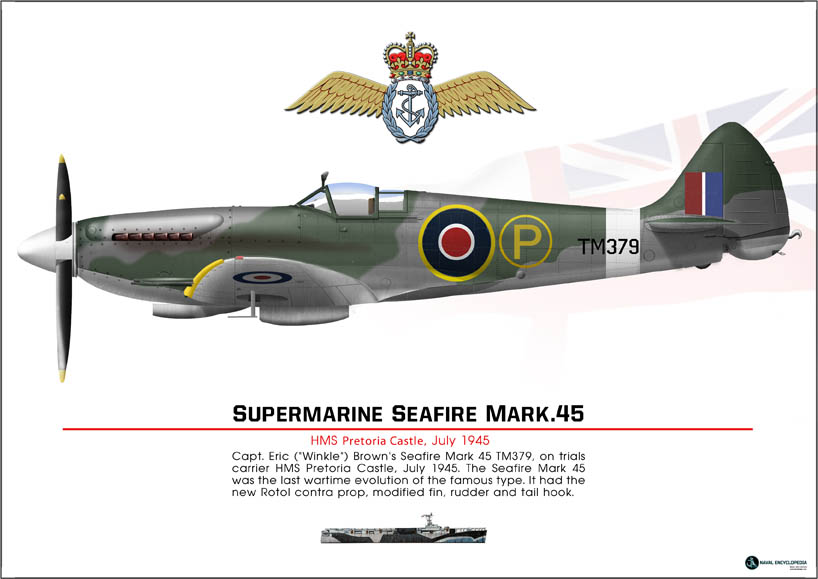
Seafire Mark 45; HMS Pretoria Castle
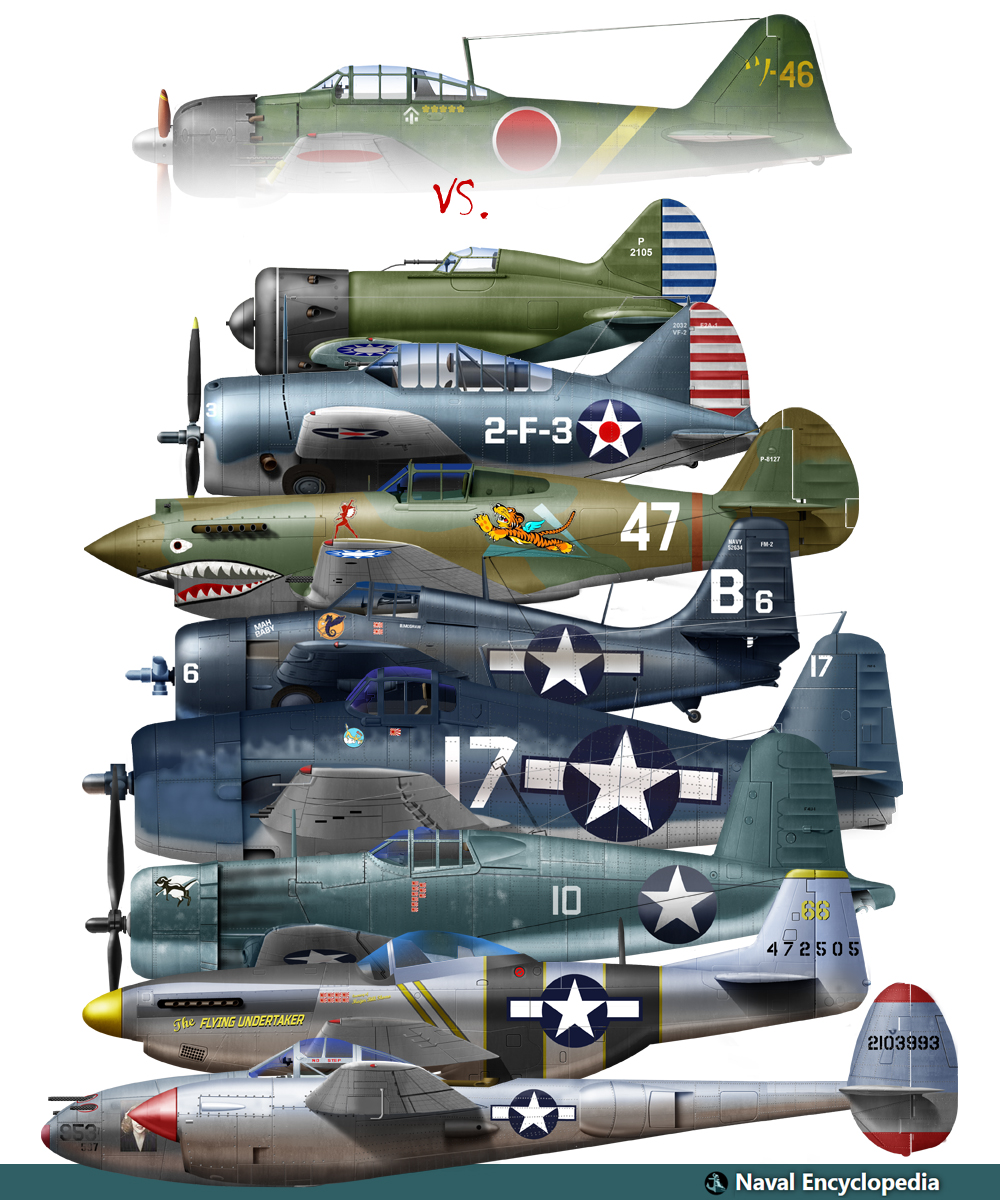
Zeros vs its aversaries
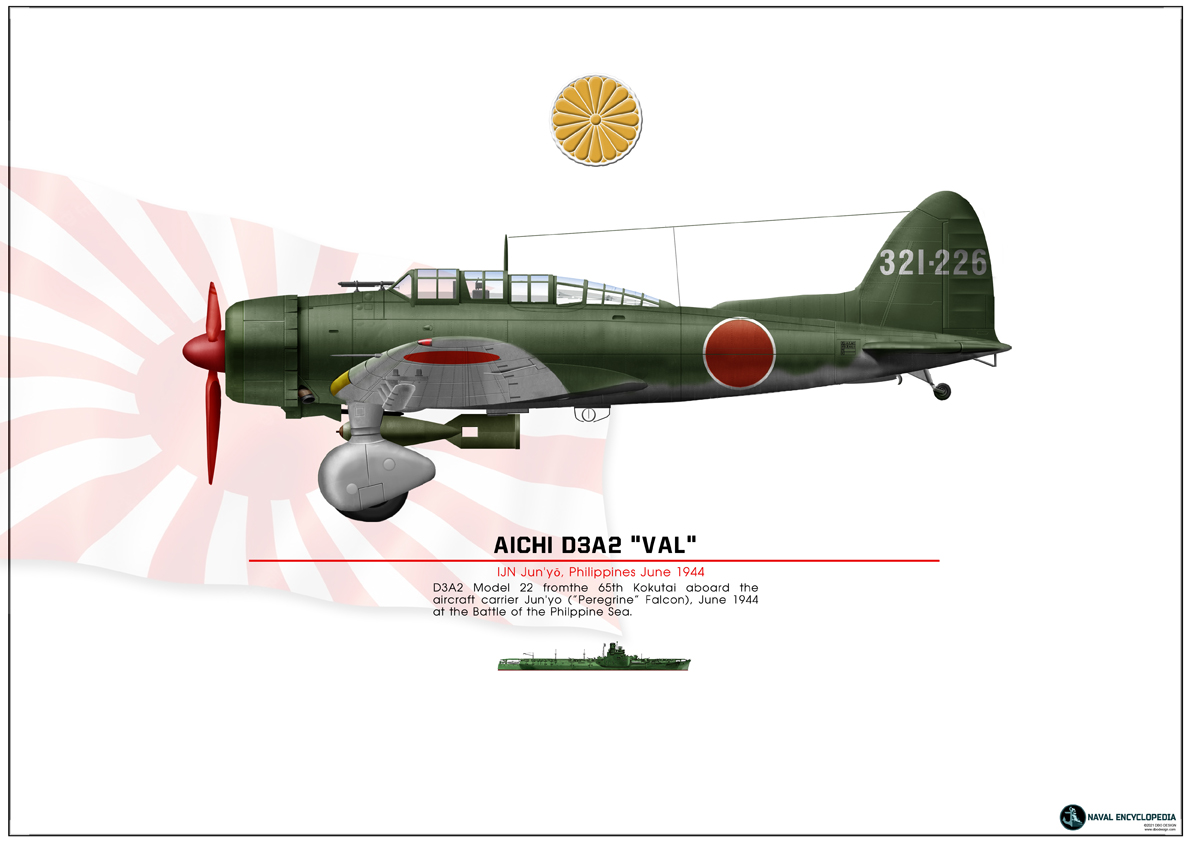
Aichi D3A “Val” Junyo
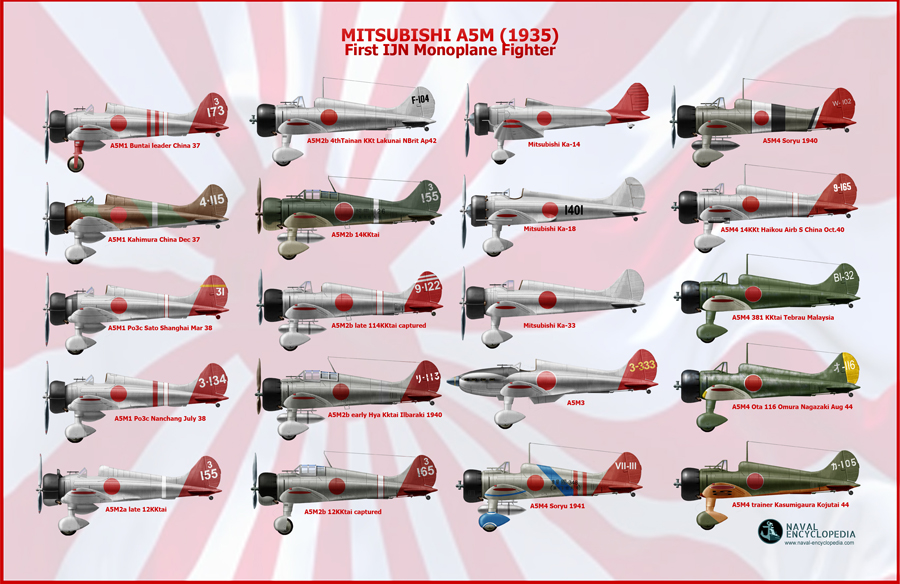
Mitsubishi A5M poster
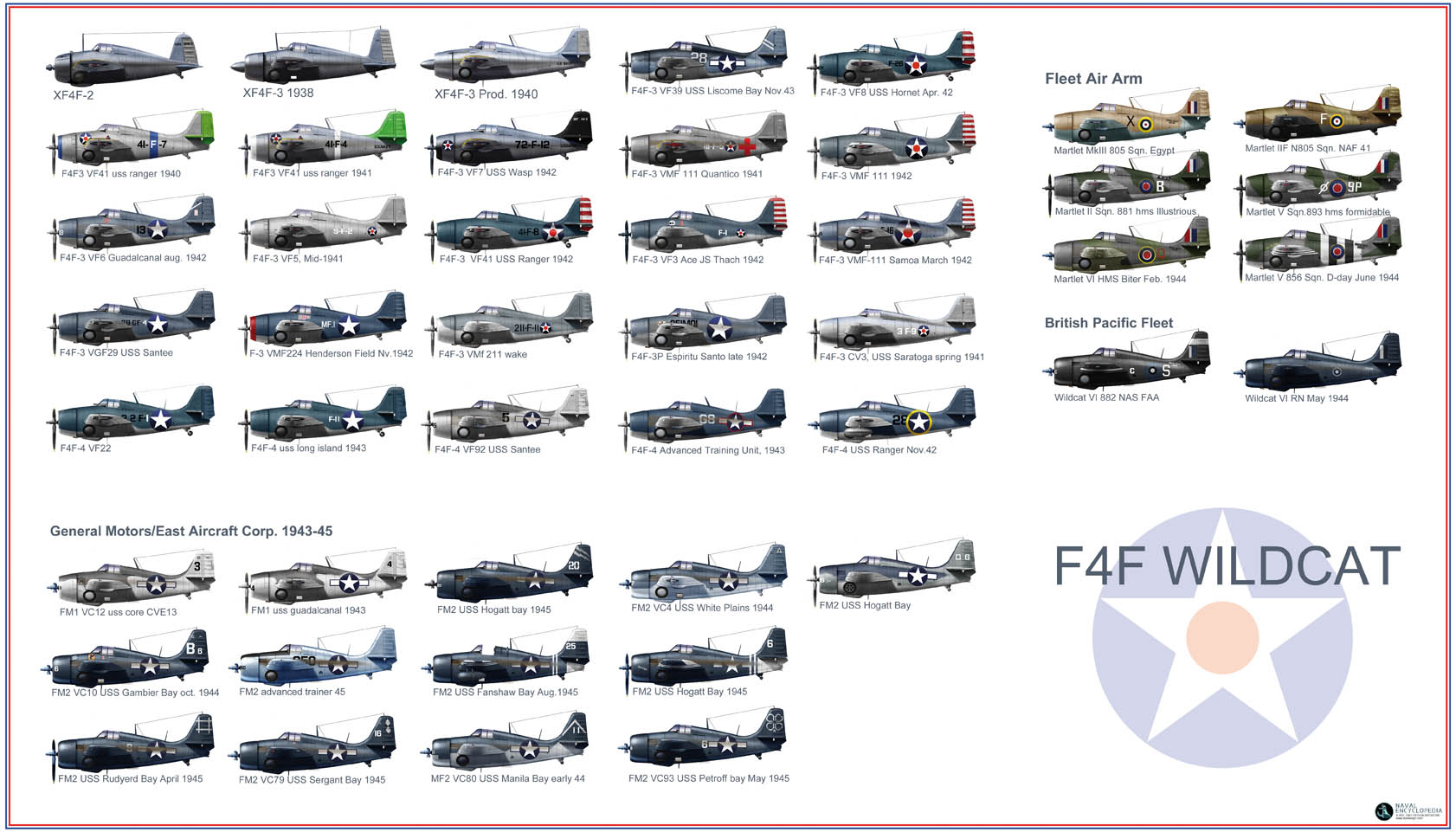
F4F wildcat
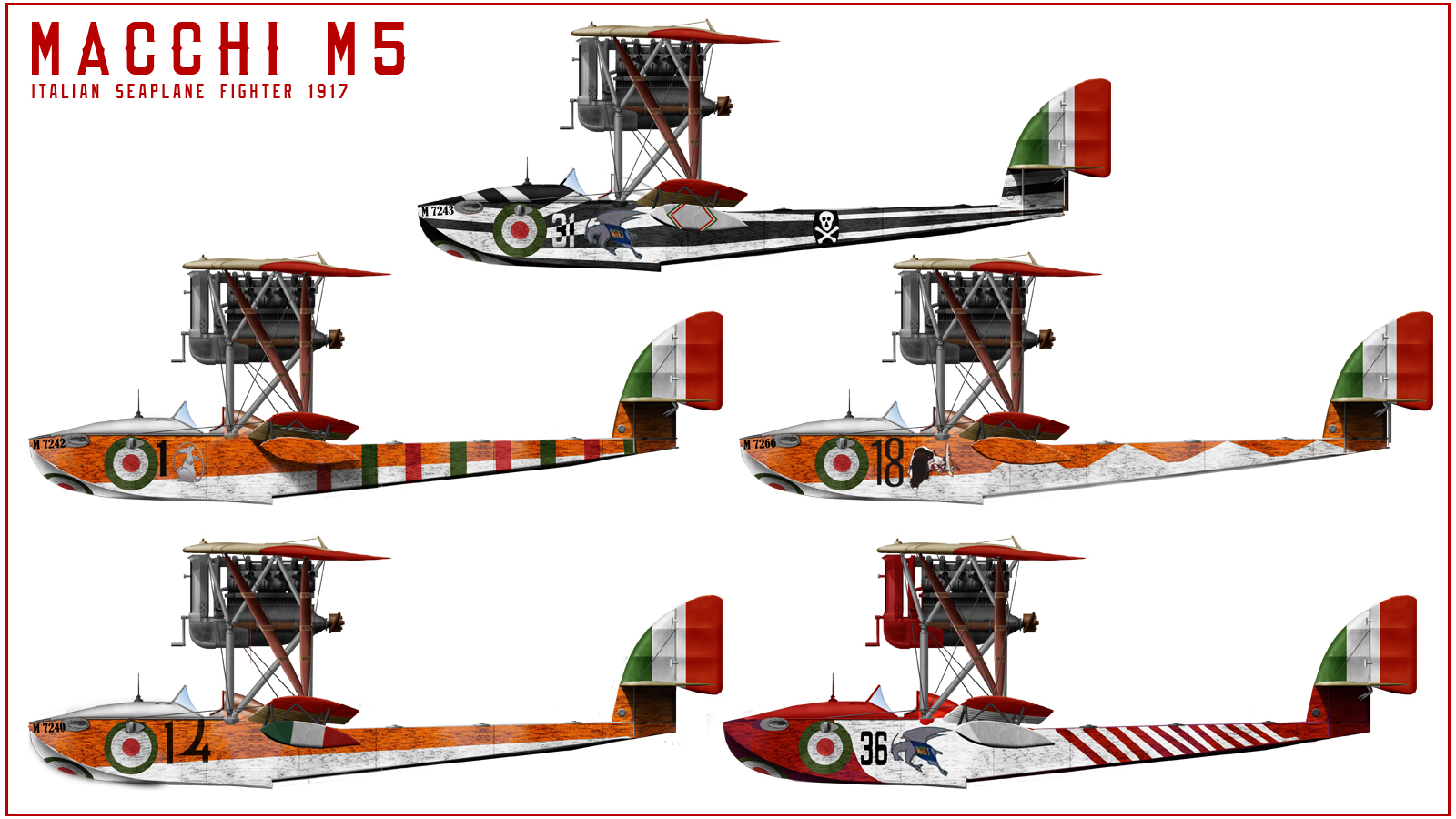
Macchi M5
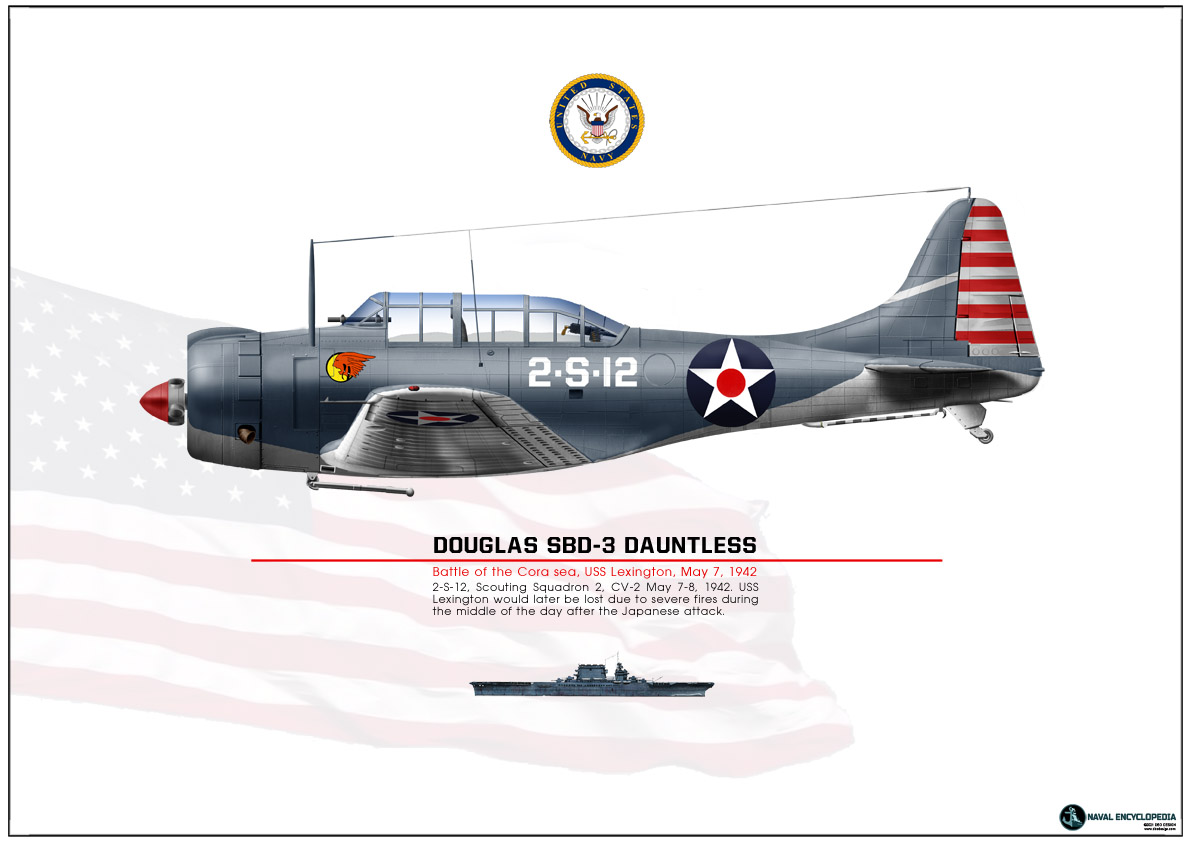
SBD Dauntless Coral Sea
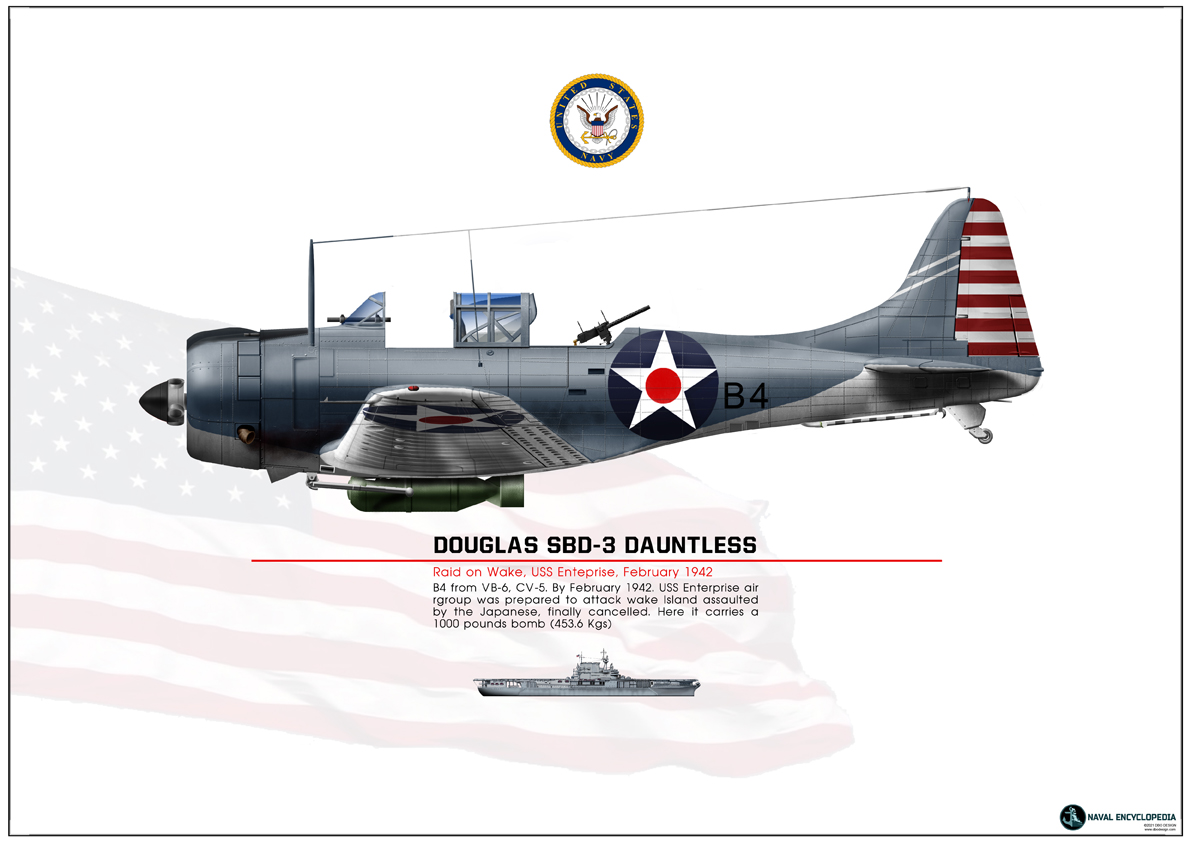
SBD Dauntless USS Enterprise
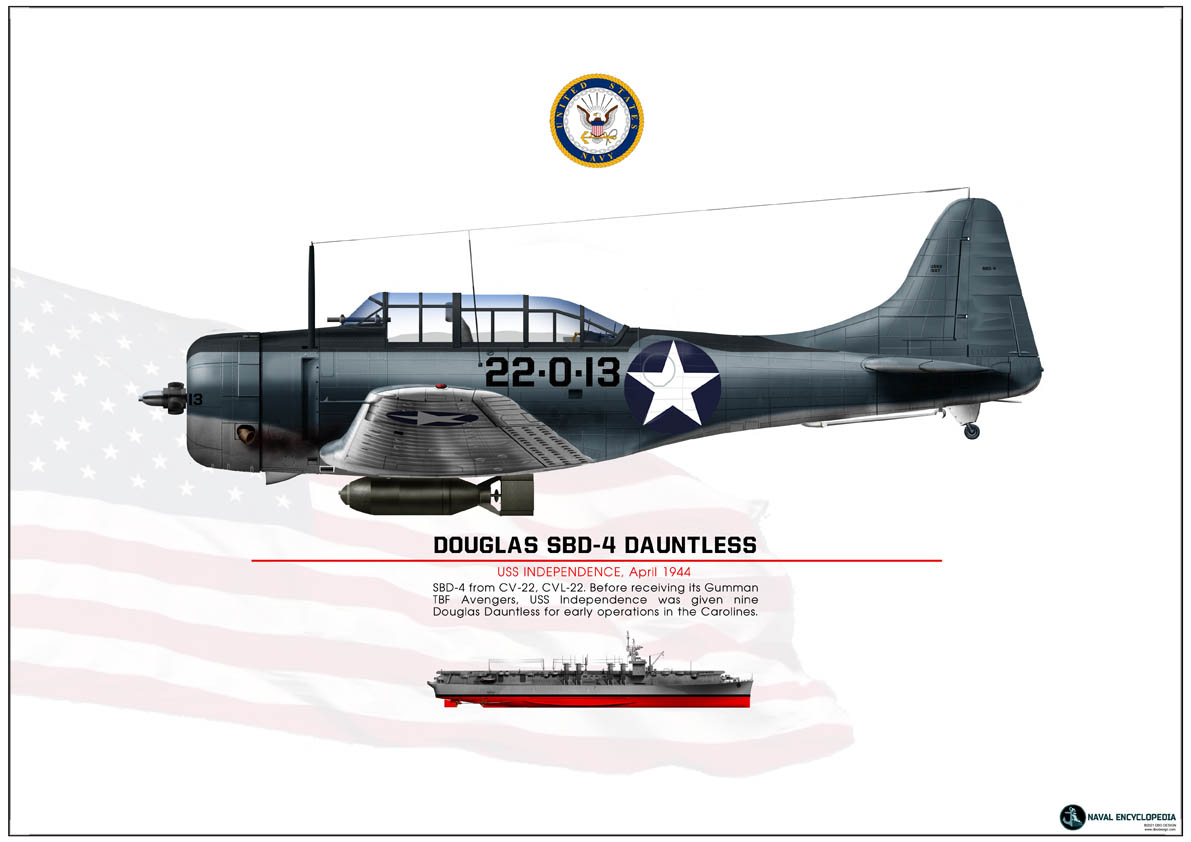
SBD-4 CV22